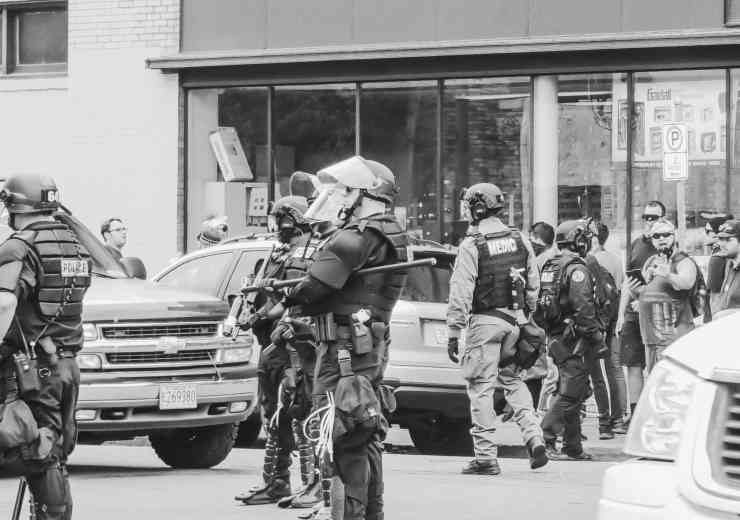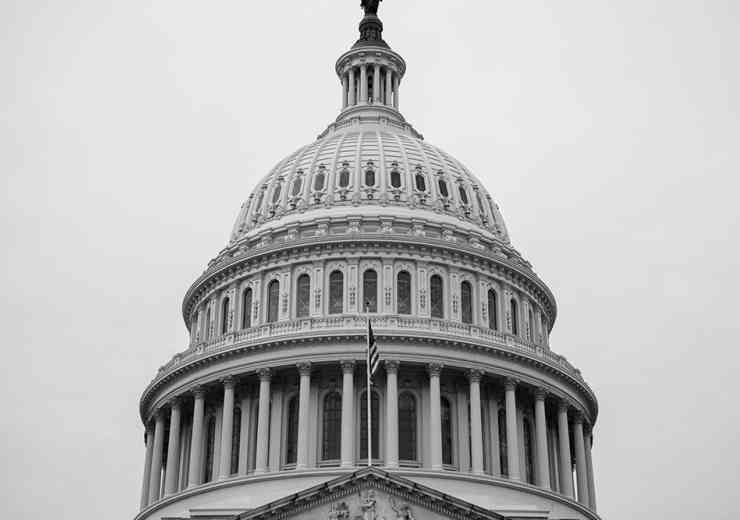
Ideology, extremism, radicalisation
Radicalisation and Counter-radicalisation in higher education
Concerns about extremism and radicalisation, and what can be done about them, are very much to the fore in policy circles at present. The government has recently re-started the Independent Review of Prevent (the UK’s counter-radicalisation policy), and work has also begun on an Independent review, led by Lord Walney, the government’s independent adviser on political violence and disruption, into far-right and far-left extremism in the United Kingdom.
During the current pandemic, there have been concerns that online radicalisation has worsened, especially among young people. Whilst the pandemic may have provided a fresh stimulus to extremists of all types, and encouraged the proliferation of conspiratorial rhetoric and thinking, such concerns about the potential for youth involvement in extremism are by no means new. Indeed, young people, in both statutory and higher education, have been the focus of initiatives to spot and prevent radicalisation into violence for over five years, as part of the government’s 'Prevent Duty'.
Introduced in 2015, as part of the Counter-Terrorism and Security Act (CTSA), the Prevent Duty obliges a range of public institutions, including universities, to have 'due regard to prevent people from being drawn into terrorism'. At the time, and since, observers have been divided over the potential impact of the Prevent Duty. On the one hand, there are those who say the duty is necessary to keep students, and the wider public safe, and on the other, there are those who fear the duty may have negative implications for civil liberties.
The National Union of Students (NUS) has promoted a 'Students not Suspects' campaign that encapsulates two key criticisms of the Prevent Duty: “Communities who are already at the sharpest end of state repression are further targeted through Prevent; Muslim, Black and international students disproportionately find their ideas and beliefs reported to the police yet, as surveillance also extends to lecturers and environmental and political activists, civil liberties are curtailed for us all.”
However, advocates of the duty have argued that it is a necessary and proportional legal framework for a terror threat that is all too real and can point to the increasing focus within Prevent on right-wing extremism. Indeed, the last extremist outfit with a notable core of student members was the fascist group National Action, proscribed as a terrorist organisation in 2016.
Concerns about a so-called 'chilling effect' on free speech in universities have gone beyond the realms of security concerns. Recently, universities have been subject to enhanced political scrutiny regarding their commitment to freedom of speech, amid media reports of the supposed 'no platforming' of speakers with views that are deemed to be unfashionable or controversial, especially those on the right of the political spectrum.
Given that debate around this issue has remained intense and has become increasingly polarised, we wanted to do empirical research that asked has the Prevent Duty impacted on universities in the UK, and what are the implications of this apparently conflicting focus on freedom of speech on the one hand, with the 'due regard' duty on the other?
To ascertain the potential impact of the duty on universities, we examined the publicly available policy documents of over 100 universities in England, and also conducted focus group interviews with students and staff, both those who had taught or studied topics related to terrorism, and control groups who had not.
Our interviews did not produce evidence to support the thesis that the duty is having a 'chilling effect' on free speech. Generally, students seem free to express their views and opinions, even on controversial topics. Where they have reservations about discussing these sensitive matters, it is due to a desire not to offend their colleagues rather than a fear of the eavesdropping state.
Staff, likewise, do not appear to be overly burdened by their Prevent Duty obligations either. Several described the ‘tick box’ nature of the training, and the sense that the policy was being implemented because the universities were obliged to comply with the CTSA, and not out of any zealotry on their part. Ostensibly, the worst fears of those critics of the Prevent Duty do not appear to have materialised – or, at least, not yet.
The Policy documents we analysed helped us understand why the Orwellian nightmare predicted did not come to pass and also help to explain the above-mentioned ‘tick box’ approach observed by staff. Certainly, universities have complied fully with their legal obligations by creating appropriate policies on IT usage and reporting concerns, but for the most part appear to have gone no further than the minimum that is required in the legislation. For example, universities have not been required to proactively promote ‘fundamental British values’ as has been central to Prevent strategies for statutory levels of education, and so they have left the concept well alone.
However, what we did find, is that in order to facilitate this approach of a minimal compliance threshold, universities have adopted their new counter-radicalisation obligations into existing frameworks of adult safeguarding. And it is what we call the 'safeguarding route', for all that it seems an attractive way for universities to package their Prevent Duty obligations, that has had potentially the most problematic effect in a higher education setting.
Radicalisation is framed in the wider PREVENT strategy as something anyone can fall victim to, if certain circumstances pertain at a given time. In this formulation, individuals may be considered 'vulnerable', and the risk assessment matrixes (the 'Extremism Risk Guidance', also known as the 'Vulnerability Assessment Framework') used by PREVENT explicitly identify particular 'vulnerabilities' that could potentially signal someone was at risk of radicalisation into violence.
Universities appear to have enthusiastically embraced the idea of vulnerability and counter-radicalisation as a form of safeguarding. Analysing their policy responses, we saw again and again how this had been identified as a way of protecting institutions’ counter-radicalisation approaches from the charge of targeting particular communities based on ethnicity, religion, or political belief. If everyone is potentially vulnerable to radicalisation, then safeguarding across the board seems a non-discriminatory way to implement the policy.
The problem is such approaches are potentially at odds with the realities of the student experience, and, indeed, the processes by which people may become involved in political violence in the first place. We found that students in particular had absorbed the stereotypes of the lost and lonely, open to brainwashing by extremists and differentiated themselves from it, but the evidence base of risk and behaviours, currently lacking in testing through measures such as control groups, is not there to support that image.
Long-term, we suggest that universities are adding to existing problems that stem from casting adult students as vulnerable subjects. We would also ask them to consider the fall-out of a future violent attack if it was to emerge that an institution dealt with a potentially violent extremist through wellbeing measures and safeguarding.
Written by Catherine McGlynn and Shaun McDaid, from the University of Huddersfield.
















